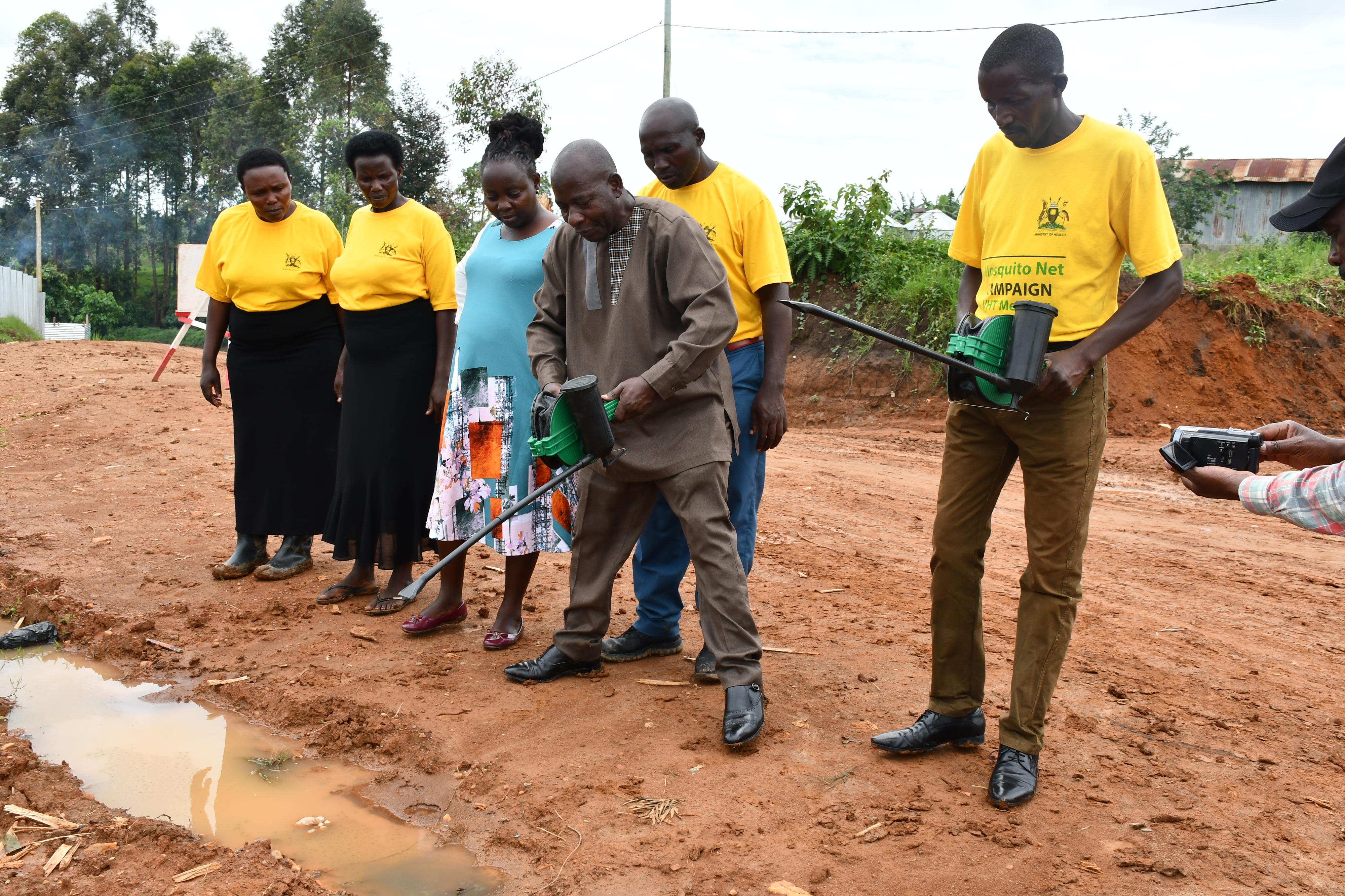Prime
How I am fighting malaria, malnutrition using environmental-friendly means

What you need to know:
- Indeed there are other fruit trees which attract immigrant birds from as far as Semliki Game Reserve and Kibale Forest National Park. The species include black and white casqued hornbills, great blue turacos and Ross’s turacos and many others.
For over 30 years, I have nurtured more than five acres of eco forest reserve using eco-system-appropriate technology. I reserved and created an enabling environment for flora (plants) and fauna (animals), wind and rainwater.
This attracted birds, monkeys, bees and other insects to visit and inhabit this area which has contributed tremendously in propagation of various species of trees in my forest, most prominent being palms.
Indeed there are other fruit trees which attract immigrant birds from as far as Semliki Game Reserve and Kibale Forest National Park. The species include black and white casqued hornbills, great blue turacos and Ross’s turacos and many others.
And these birds also bring some seeds from those areas and plant them here. A botanist friend has helped me to label some trees in my forest in various nomenclature. So now my forest can be classified as an arboretum (a botanical garden devoted to trees).
Again on my part, I have planted avocado trees just by throwing the leftover seeds in the forest which easily germinate and grow like other trees. I am now feeding fish with avocado fruits.
The other major input is the introduction of agroforestry. I have constructed about 2,500 square meters of fish ponds and canals, some of which are about 30-years-old as mentioned above. Fish farming is one of the most affordable and reliable ventures by a cross section of the population to fight or mitigate against malaria and malnutrition.
All communities bordering wetlands, valleys and topography where there are shallow wells can engage in fish farming.
Incidentally fish farming, if managed properly, can be one of the best ventures which can improve people’s welfare both in a healthy way and financially because it doesn’t need much capital to kick start and maintain. Unlike poultry and animal husbandry, this one you don’t have to buy drugs to treat and spray the fish depending on the choice of the breed one chooses to cultivate. For example, cage farming in that case one needs to buy the feed.
For example Tilapia mainly feed on microorganisms, plants, plankton’s insects and crustaceans and button detritus –naturally and artificially feed on leaves, cassava ,potatoes,yams, cabbages etc.
When it comes to malaria control, fish including indigenous breeds in the fish pond or canals feed on mosquito larvae and the insects themselves, I picked this information from my health science book namely science on the match during my O-Level studies at Nyakasura school in the 1960s. It talked about small fish called minnows which were used to control malaria by eating the larvae.
The affluent societies can also do fish farming by constructing tanks with topline in their backyards. In this way the majority of the population will have affordable essential animal proteins for body building energy and minerals and at the same time reduce malaria and malnutrition .
The LC 1 and individual households can do fish farming using rudimentary equipment such as hoes, shovels, pangas, I have done it here and I am sure other people can do it if well organized.
Finally there is a need to sensitize the population about maintenance of a clean and healthy environment in homesteads and public places, have proper drainage and proper garbage disposal to stem off mosquitoes breeding grounds.
Tom Mboijana, [email protected]




